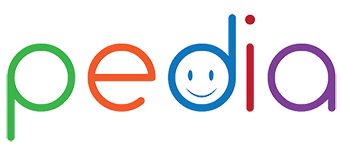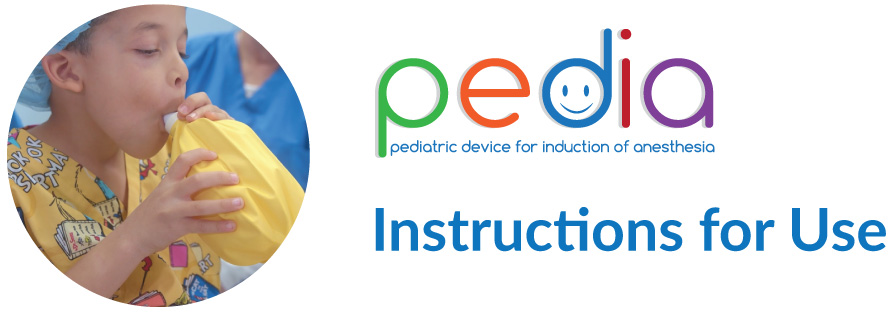PeDIA Anesthesia Balloons- Lift Spirits of Kids Undergoing Surgery!
Are you looking for an alternative for your child or patient facing a scary operating room (OR) environment? Did you know the scariest part of surgery, for a child, is placement of the anesthesia mask, a technique that is supposed to make it easier for a child?
PeDIA works as a friendly ambassador!
Before entering the OR, the anesthesia nursing staff may promise the child stickers and a balloon once they get to the OR. Once the child enters the strange world of the operating theatre, they soon realize the stickers are monitors and the balloon is a bag hanging form a strange machine (the anesthesia machine). They are also faced with other distressing sights and sounds strangers wearing masks. They see the bright operating room lights looming above and machines, and surgical instruments. They also hear the beeping of monitors and clanking of items from the OR tables as well as the chatter of OR personnel. Nothing in this strange world strikes a child as comforting or familiar.
Typically, the child is placed on the operating room table or an adult’s lap while the pilot’s mask (anesthesia mask) is held tightly over their face. This feels suffocating to many children. Then the anesthesia gases flow into the mask making an uncomfortable situation much more distressing. The child is told over and over to blow up the balloon, i.e., the bag on the machine which, at this point, they cannot even see. Of course, they struggle to remove the mask which causes the adults to hold the child down and seal the mask even tighter on the child’s face.
We add artistry and creativity to the anesthesia process!
We wouldn’t think of treating an adult this way because it would be considered assault; and, it’s just not the right thing to do!
Anesthesia providers have tried for nearly a century to improve on this method without success (for a variety of reasons). With every modification, the improved technique or distraction failed to get to the underlying problem: the anesthesia mask.
A small creative comfort goes a long way.
Then came PEDIA, the first mask-free system and method for pediatric induction designed with kids in mind. When we promise a balloon to the child, we deliver. The PEDIA is a medial grade balloon filled with anesthesia gases. When the child inhales and exhales through it, the balloon rewards them with a fun whistling sound! They continue to breathe the gases, without a nasty mask held to the child’s face, until they fall asleep.
Since play is a child’s best coping mechanism during stress, we introduce play through the balloon. The balloon is a familiar toy, making the whole experience less traumatic.
The bottom line:
The Pediatric Device for Induction of Anesthesia—PEDIA—is the 21st century solution to a decade’s old problem.
If you want to know more about PEDIA anesthesia balloons, visit PediaLLC.com or email us directly at moc.l1767399632laide1767399632p@tca1767399632tnoc1767399632.


